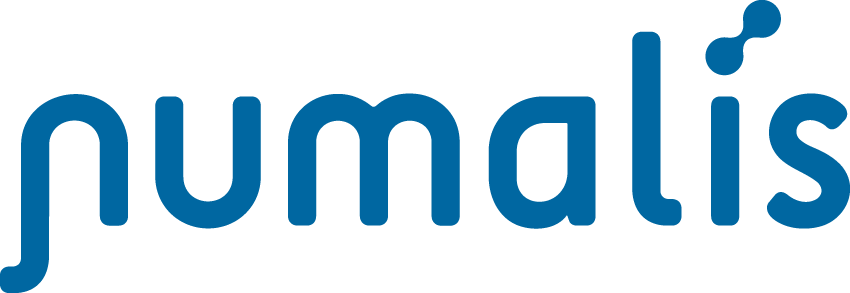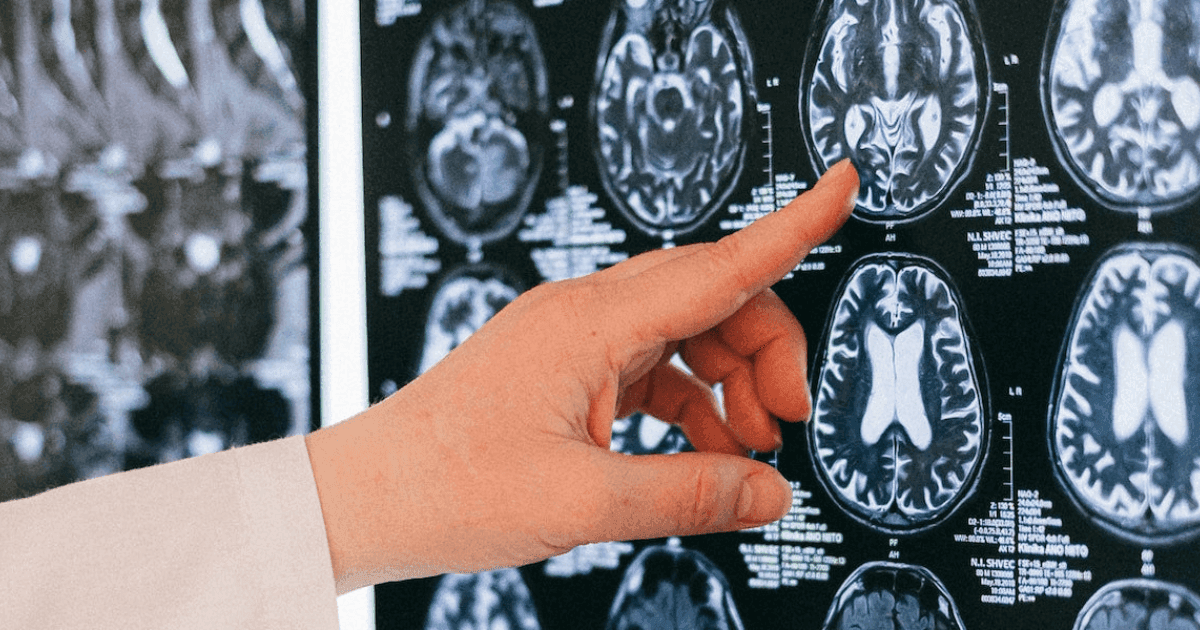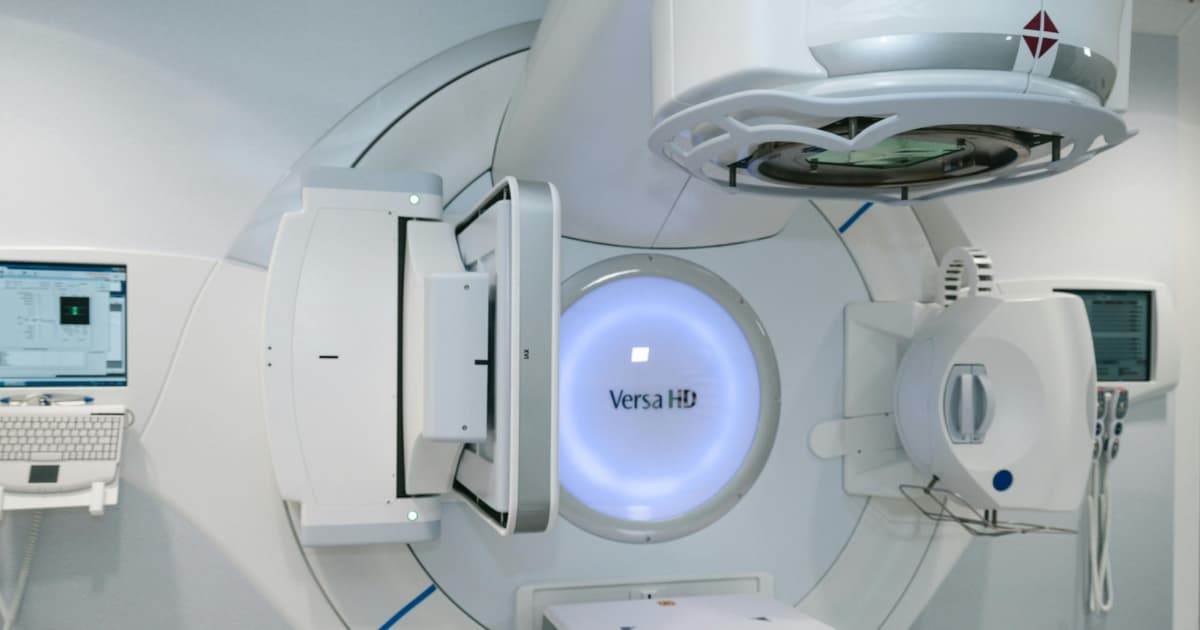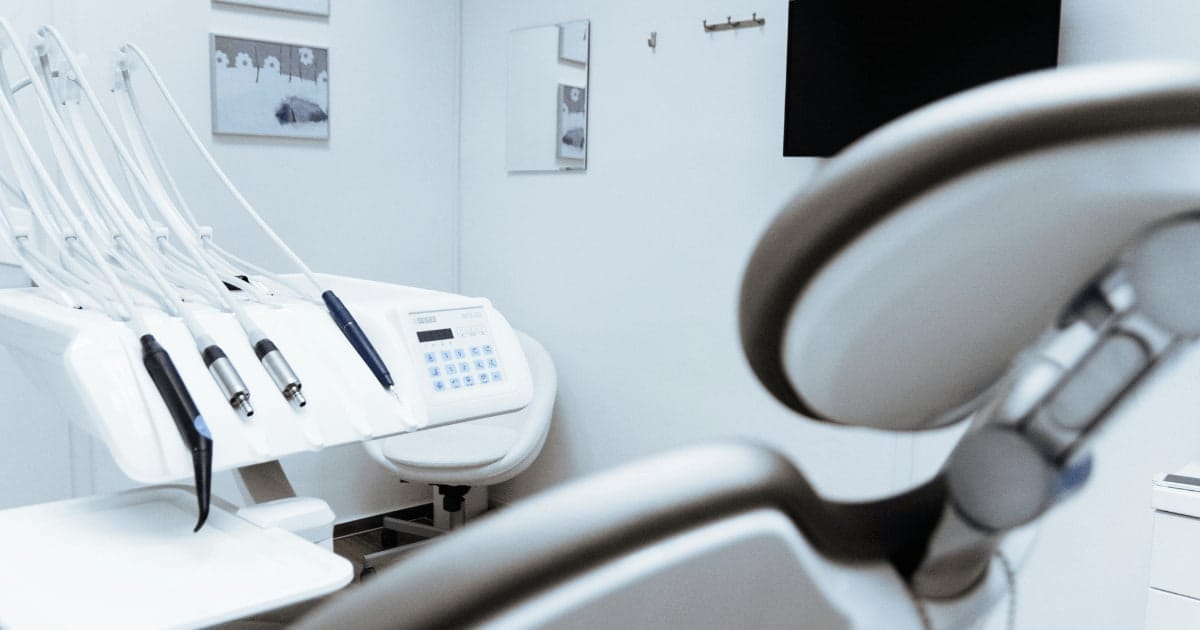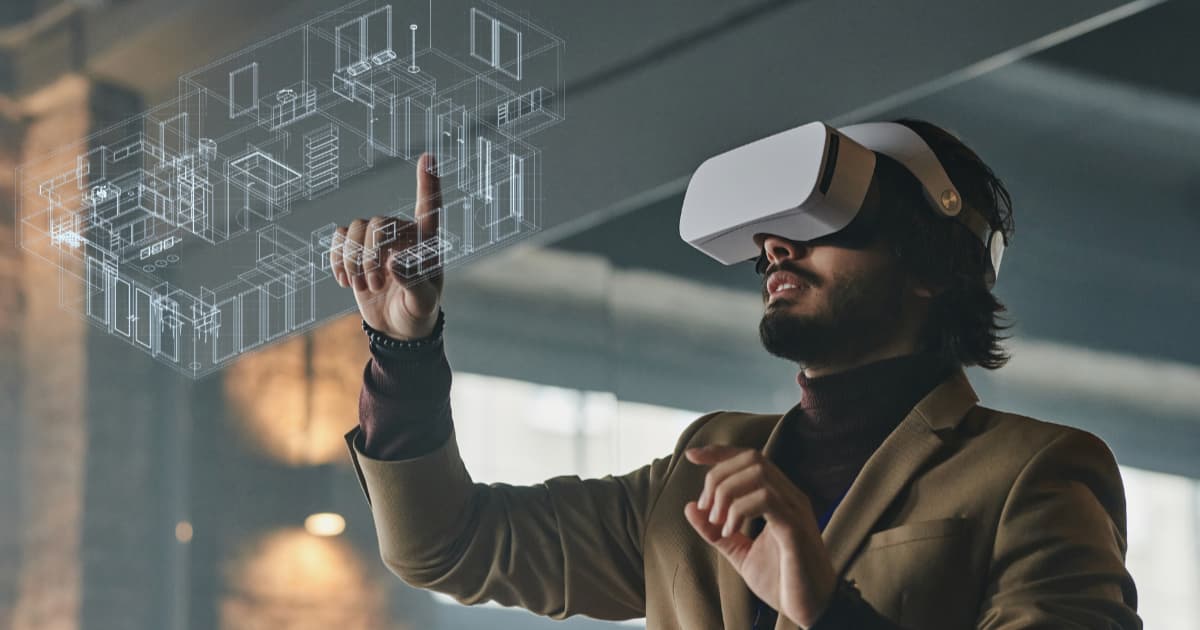AI and more particularly Deep Learning represents a growing opportunity in the analysis of medical images, thus relieving the workload of practitioners.
During the last decade, medical image processing has been revolutionized by the development of advanced technologies such as robotics or artificial intelligence. Until today, conventional image analysis was performed and interpreted primarily by healthcare professionals. Certain tools can help them better visualize information, but it is up to the practitioner to search, identify and diagnose.
An exponential demand for medical image analysis
However, the field of artificial intelligence and more specifically Deep Learning (a sub-domain of the latter) has made it possible to provide new solutions to solve certain problems, particularly in “pattern recognition”.
Today the demand for automated medical image processing is growing. At the time of the global covid-19 pandemic, artificial intelligence was in high demand. For example to increase the speed and reliability of medical diagnostics. Or to optimize the management of patient flows within hospitals. Its use in the medical field can help transform a very wide variety of sectors of activity: from management, through diagnosis to treatment, but we will only focus here on image processing1.
As the number of patients increases, so does the number of medical examinations required for their treatment. This gradually creates a disparity between the increasing demand for intervention and the relatively constant number of doctors available to treat it.
Nowadays, the number of medical images which have to be rapidly realized and processed from different devices has become one of the biggest challenges of the profession. Nevertheless, the increase in demand is not the only factor explaining the increase in this volume. The number of images per examination, the recent sophistication of imaging equipment for diagnosis and the increase in image resolution are also vectors for the growth in the volume of images to be analyzed.
Under these conditions, how is it possible to manage the growing volume without abandoning the necessary human control over diagnosis?
Can artificial intelligence assist medical staff?
AI can provide an answer to this new bottleneck in health processes. Indeed, an AI system during its training will analyze and cross-reference the information from each image to establish relationships between them. These relationships take the form of patterns. These can be similarities in terms of textures, location, shapes and colors associated with a disease. These similarities are then used to discriminate the presence or absence of a pathology for example. If properly trained, the system will be able to detect the disease with a reliability comparable to that of the data it has learned about. Since these data are generally obtained from health professionals, the system can perform at a level comparable, if not better, than that of the health professionals.
Indeed, one study showed that a Deep Learning system correctly detects a disease state in 87% of cases compared to 86% for healthcare professionals2. This slightly better performance is due to the fact that the system can also find new reasons for its diagnosis.
Today, medical image analysis performed by Deep Learning is used for three major functions: semantic segmentation of items in medical images, classification and disease detection3. The emergence of AI technologies can therefore fill the gap in the number of physicians while absorbing the growth in the amount of data to be analyzed. This is all the more urgent as the number of healthcare professionals tends to remain the same or even decline in some countries, notably in the UK, the USA or Japan4.
Deep Learning in the field of medical image classification therefore lightens the workload of, for example, radiologists, since it allows them to efficiently evaluate a large number of images for them5. As such, the diagnoses provided by medical image analysis algorithms are often used as a “second opinion” by practitioners. They can help avoid human misinterpretation when the analysis is too rapid, but also facilitate clinical decision making to improve the outcome for the patient6. It is a decision aid for practitioners but is in no way intended to replace them.
Is AI leading us to a fully automated medicine?
Although progress offered by the Deep Learning tools development have had a huge impact on the profession and is often perceived as an “automated medecine”, many specialists agree that these technological tools will not replace the medical profession for several reasons7.
Firstly, CAD (computer-aided detection) algorithms are faced with a lack of generalization and can only be really effective in the task for which they have been implemented. In order to satisfy all the tasks related to medicine, almost as many algorithms would be needed as there are pathologies or even patients. The complexity is currently far too great to be achievable.
The second problem comes from what the medical profession calls the “human need”. Indeed, AI systems are still struggling to mimic human emotions such as empathy and compassion, which are essential in the medical field to better understand the patient and his or her problems.
The complexity and diversity of cases that the medical profession must deal with is still too vast for Deep Learning tools. Because of its plurality and its “need for a human touch”, the profession will however be considerably impacted by new working methods where RNs will come to assist practitioners. And this by providing them with analysis results quickly and accurately enough to be used in their daily practice.
- The rise of artificial intelligence in healthcare applications – PMC ↩︎
- AI just as effective as clinicians in diagnostics, study suggests | Healthcare Dive ↩︎
- A review of the application of deep learning in medical image classification and segmentation – PMC ↩︎
- Understanding differences in health expenditure between the United States and OECD countries ↩︎
- Freenome ↩︎
- Deep Learning Can Be Useful in Eliminating Shortage of Cancer Doctors | Analytics Insight ↩︎
- AI Will Change Radiology, but It Won’t Replace Radiologists ↩︎
